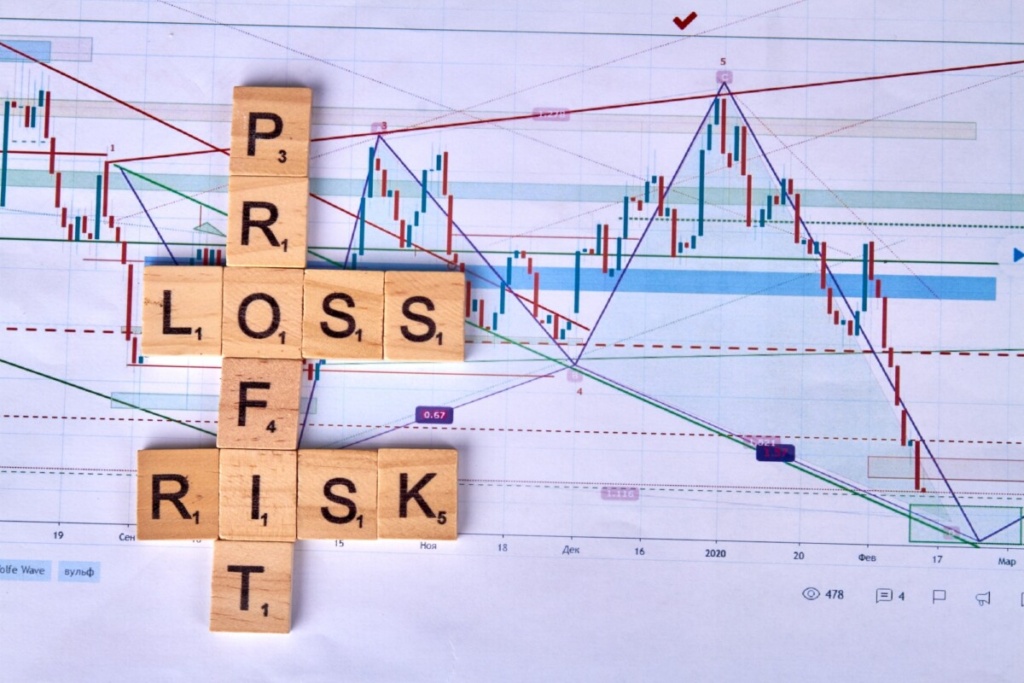Risk Assessment: Using Predictive Analytics to Mitigate Real Estate Risks
In the competitive and dynamic world of real estate, identifying and mitigating risks is crucial for success. Real estate ventures involve substantial investments and potential financial liabilities, making risk assessment a vital aspect of decision-making. Traditionally, risk assessment in real estate relied on historical data and experience. However, with the advent of predictive analytics, real estate professionals now have a powerful tool to forecast potential risks and make informed decisions. In this blog post, we will explore the significance of risk assessment in real estate, the role of predictive analytics in mitigating risks, and how real estate stakeholders can leverage this technology to safeguard their investments.

The Importance of Risk Assessment in Real Estate
Risk assessment in real estate involves the identification, analysis, and evaluation of potential risks that may impact a real estate investment or development project. These risks can include:
1. Market Risks: Fluctuations in property prices, changes in demand, and economic volatility can influence real estate markets.
2. Financial Risks: Financing costs, interest rate fluctuations, and potential cash flow issues are significant financial risks in real estate.
3. Regulatory Risks: Changes in zoning laws, building regulations, and environmental compliance can impact real estate projects.
4. Construction Risks: Construction delays, cost overruns, and design issues are common risks faced during property development.
5. Environmental Risks: Environmental hazards, natural disasters, and climate change considerations can affect property values.
6. Legal Risks: Legal disputes, title issues, and litigation can lead to financial losses.
The Role of Predictive Analytics in Risk Mitigation
Predictive analytics leverages data mining, machine learning algorithms, and statistical modeling to analyze historical and real-time data, identifying patterns and trends that can be used to predict future outcomes. In the context of real estate risk assessment, predictive analytics plays a pivotal role in the following ways:
1. Forecasting Market Trends: Predictive analytics can analyze historical market data to forecast property price trends and identify potential market shifts that may impact investment decisions.
2. Cash Flow Projections: By analyzing financial data and historical cash flows, predictive analytics can provide projections for future cash flow scenarios, aiding in financial planning and risk management.
3. Identifying Emerging Risks: Predictive models can identify emerging risks in real estate markets by monitoring and analyzing real-time data, helping stakeholders make timely and proactive decisions.
4. Construction Planning: Predictive analytics can assist in construction planning by forecasting potential delays and cost overruns, enabling developers to take preventive measures.
5. Environmental Impact Analysis: Predictive models can assess the potential environmental impact of a real estate project and identify risks associated with natural disasters and climate change.

Implementing Predictive Analytics in Risk Assessment
1. Data Collection and Integration: Gather relevant data from various sources, such as property sales data, market trends, financial records, and environmental reports.
2. Data Cleaning and Preprocessing: Ensure that the data is accurate, complete, and consistent. Preprocess the data to remove outliers and handle missing values.
3. Selecting Predictive Models: Choose the appropriate predictive models based on the type of risk being assessed. Common models include regression analysis, decision trees, and neural networks.
4. Model Training and Validation: Train the predictive models using historical data and validate their accuracy using a separate dataset.
5. Real-Time Data Integration: For real-time risk assessment, integrate real-time data streams to continuously update the predictive models.
6. Visualization and Interpretation: Present the results of the predictive analytics in a visual and easy-to-understand format to aid decision-making.
Challenges in Predictive Analytics for Real Estate Risk Assessment
While predictive analytics offers significant advantages in risk assessment, it comes with its set of challenges:
1. Data Quality and Availability: Predictive models require accurate and comprehensive data, and data quality issues can impact the reliability of the predictions.
2. Complexity of Models: Some predictive models can be complex and require expertise in data science and statistical analysis.
3. Interpretability: Understanding the results of predictive models and translating them into actionable insights can be challenging for non-experts.
4. Changing Market Conditions: Real estate markets are influenced by various factors, and predictive models must adapt to changing market dynamics.

Real-Life Example of Predictive Analytics in Real Estate Risk Assessment
A real estate developer is considering investing in a new residential project. They use predictive analytics to assess the potential risks involved. The predictive model analyzes historical market data, economic indicators, and demographic information to forecast property prices and demand in the target area.
The predictive model identifies a potential oversupply of residential properties in the area over the next few years. Based on this insight, the developer decides to adjust their project plans, focusing on a different property type that aligns better with market demand. This decision helps the developer avoid potential financial risks associated with an oversaturated market.
Conclusion
Risk assessment is a critical aspect of real estate decision-making, and predictive analytics has emerged as a powerful tool for mitigating risks. By analyzing historical and real-time data, predictive models can forecast market trends, assess financial risks, identify emerging risks, and aid in construction planning and environmental impact analysis.
While implementing predictive analytics comes with its challenges, advancements in data science and technology continue to enhance the accuracy and reliability of predictive models. In the data-rich and fast-evolving landscape of real estate, leveraging predictive analytics for risk assessment empowers stakeholders to make informed decisions, safeguard their investments, and navigate the market with confidence.
As real estate professionals and investors embrace predictive analytics, it will play an increasingly pivotal role in risk assessment, providing a competitive edge and driving success in the ever-changing realm of real estate investments and developments.






[…] Risk Assessment: Using Predictive Analytics to Mitigate Real Estate RisksIn the competitive and dynamic world of real estate, identifying and mitigating risks is crucial for success. Real estate ventures involve substantial investments and potential financial liabilities, making risk… […]